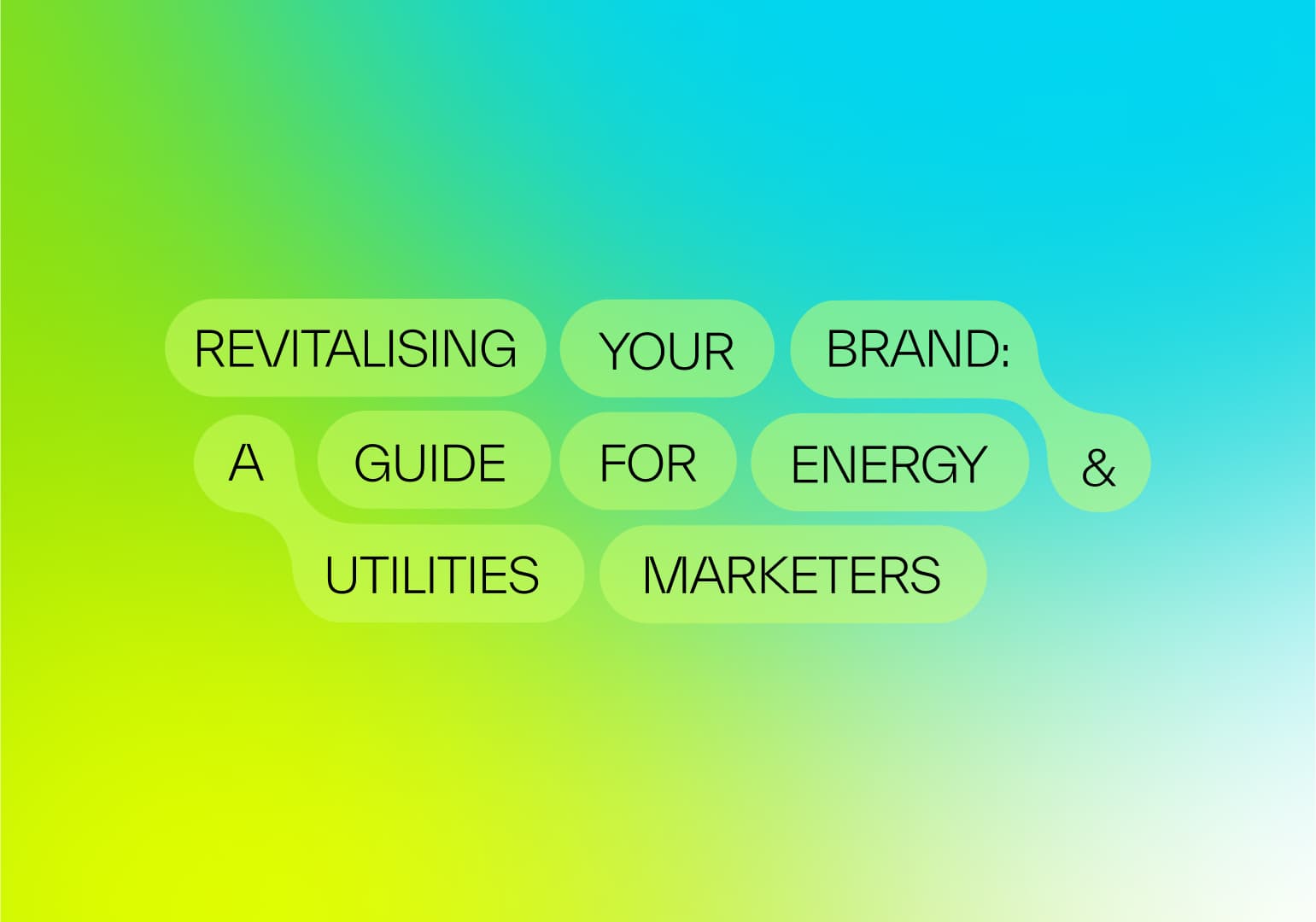
What is a Headless CMS?
Like us, you might read a heap of articles about “the modern web” and wonder how on Earth anyone can stay relevant and up-to-date with ever-changing demands, requirements and technologies. It can be confusing and overwhelming - not to mention, costly - as businesses scramble to out-perform competitors, spending money on things they “see” out in their industry rather than what they need, and more crucially, what their customers need from them.
It doesn’t need to be this way. The modern web simply requires innovation and adaptability, enabling businesses to perform better and react quicker, without huge digital overhauls every other year. One technological advancement that is proving its worth in the quest for innovation and adaptability is the Headless CMS, and it’s an approach we’re big advocates for at Show + Tell.
What is a Headless CMS?
Traditional Content Management Systems, like WordPress, have long been the go-to solution for managing and delivering digital content for many years, and they still have their place. However, as the digital ecosystem evolves, the limitations of these monolithic systems become apparent.
Enter the Headless CMS – a versatile and flexible approach to content management that decouples the frontend presentation layer from the backend content repository. This decoupling allows for greater flexibility, scalability, and adaptability in delivering content across various channels and platforms, providing a seamless and optimised user experience.
A Headless CMS is a content hub that stores and manages digital content without being tied to a specific presentation layer. Unlike traditional CMS, which combines content management and frontend delivery into one system, a Headless CMS separates these functions, providing businesses with greater flexibility and agility.
Boosting Performance with Headless CMS
Some of the benefits we’ve seen from helping clients in adopting a Headless CMS include:
Flexibility in Content Delivery:
One of the key advantages of a headless CMS is the flexibility it offers in content delivery. With traditional CMS, content is often tied to a specific layout or template, limiting its adaptability.
In contrast, a headless CMS allows content to be delivered to any device or platform, ensuring a consistent and engaging user experience across websites, mobile apps, smart devices, and more.
Improved Site Speed and Performance:
Speed is crucial in today's digital landscape, where users expect instant access to information. A headless CMS enables faster loading times by eliminating unnecessary code and optimising content delivery. With the ability to utilise Content Delivery Networks (CDNs) and serve content through APIs, a website can achieve remarkable performance improvements, leading to higher user satisfaction and better search engine rankings.
Scalability and Future-Proofing:
As a business grows, so do the content and digital requirements. A headless CMS scales effortlessly to accommodate increased traffic, content volume, and evolving technologies. With this flexibility, businesses can stay ahead of industry trends and adopt new technologies without undergoing a major overhaul of their CMS, website, digital products and content.
Easier Integration with Third-Party Services:
Headless CMS allows for easy integration with various third-party services and APIs, enhancing the overall functionality of digital platforms. Whether it's e-commerce, analytics, or social media, organisations can seamlessly connect the Headless CMS to other tools, providing a more cohesive and integrated digital ecosystem.
Enhanced Security:
With a headless CMS, security risks are minimised due to the separation between the back and front end. This separation adds a layer of protection, reducing the potential attack surface and making it more challenging for malicious actors to exploit vulnerabilities.
Seamless Content Updates:
Content changes can be made in real-time without disrupting the entire website or application. This is particularly advantageous for businesses that frequently update their content, ensuring a seamless and uninterrupted user experience.
Content Collaboration and Workflow Efficiency:
A headless CMS facilitates collaborative content creation and management. Content creators can work independently of developers, streamlining workflows and reducing dependencies. This not only improves efficiency but also allows teams to focus on creating high-quality, engaging content without being constrained by technical limitations.
In a digital landscape that demands adaptability and performance, a headless CMS emerges as a game-changer for businesses. By embracing this innovative approach, you can unlock the full potential of your online presence, ensuring a seamless, engaging, and high-performance user experience. As a business owner, investing in a headless CMS is not just a technological upgrade; it's a strategic move to future-proof your digital strategy and stay ahead of the competition.
There are many benefits to adopting a Headless CMS. We’ve written more about how to build a better website in 2024 here, in which Headless CMS and composable architecture both feature heavily.
We’ve helped countless clients reimagine their digital content through this approach and we’d love to talk through your ideas if it’s something you’re considering for the year ahead.
Get in touch to discuss tour requirements, we’d love to hear from you.


